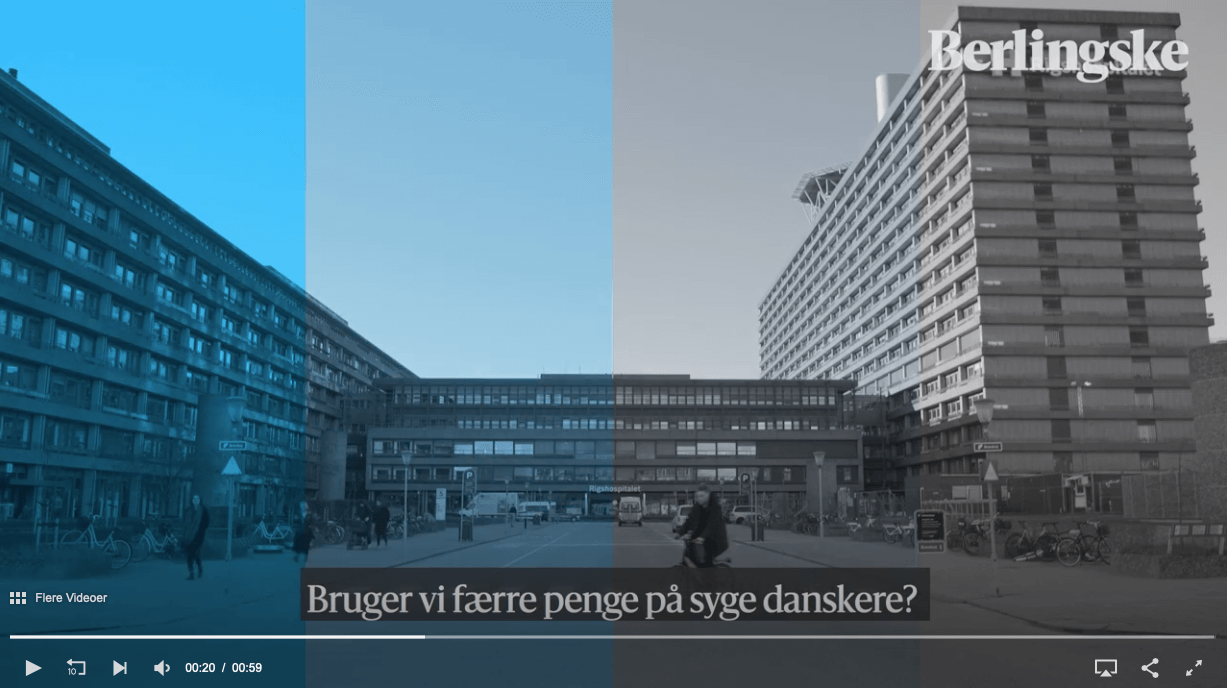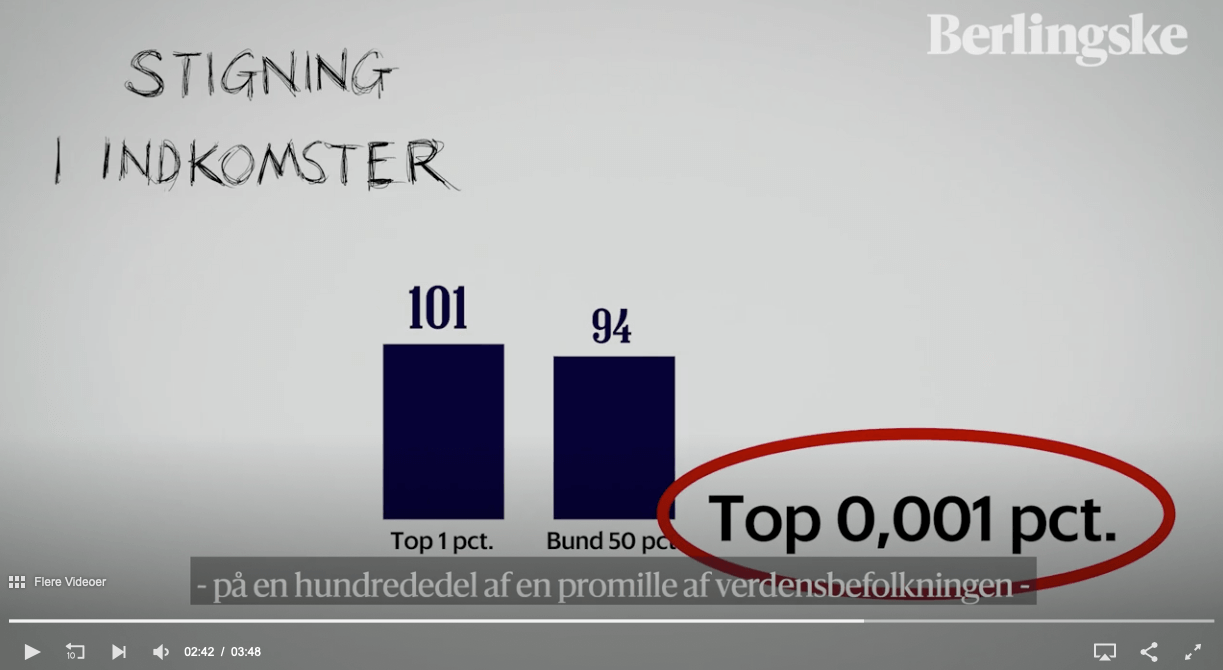How To Embrace Nuance in Political Coverage
“We wanted to show that reality is often not black and white. It can be grey and must have nuances in order to be real.”
Mette Østergaard, Editor in Chief, Berlingske
Berlingske Nuancerer takes a deep dive into the central topics discussed by Danish politicians and voters. The project goes beyond fact-checking what is correct and incorrect to explore the nuances of central questions in political debate. Important questions are unpacked and experts are consulted, but politicians are left out of the conversation.
How They Did It
The respected Danish daily newspaper Berlingske wanted to approach the 2019 Danish election with a different tactic. Editor Mette Ostergaard felt that in the past journalists had been manipulated by politicians who successfully twisted facts to support their agendas.
Inspired by a project in the Swedish newspaper Dagens Nyheter, Mette and her colleagues invited the project lead to travel to Copenhagen and share some inspiration. Off the back of that meeting, the Berlingske team then developed Berlingske Nuancerer (Berlingske Nuances) a new editorial concept where every story starts with a question taken from the most important issues discussed in political debate.
The topics covered are high on the agenda for the average Danish voter and citizen. Each question is answered by exploring the complexity of the topics thereby offering a more precise response for their readers. The aim is to re-examine allegations, accepted truths and uncritical use of facts. It is “a way of giving people new eyes on a topic that they previously thought they knew what the conclusion was,” says Mette.
The journalists cover complex stories highlighting nuances

The Berlingske Nuancerer format was launched to cover the 2019 Danish election with a different tactic. Read more from the team.
The paper put together a team of a data journalist, three text reporters, a video journalist and an editor to drive the stories through. Together these journalists build out stories with new clearly identifiable elements.
- New headline format: Each headline was always a question. Normally headlines at the paper were a conclusion to the story and gave a particular angle. The team wanted to keep them open for Nuancerer. With no conclusion in the headline, the reader needs to dig into the content and decide their own opinion.
- Tone: The tone is authoritative and factual with very few quotes. They aren’t opinion piece, and are a “politician free zone.”
- Expert panel: Once the Berlingske journalists have written a first draft of the article, it is then read by a team of external experts who further fine tune the piece and correct any assumptions or inaccuracies.
- Visual identity: Each article is accompanied by a drawing sketched by the same illustrator using a style distinct from the rest of the newspaper. The team never uses reportage photographs, for example. Nuancerer always has another look and feel to the rest of the paper.
- Videos: For some stories there is a video explainer. These are heavy production and only accompany stories which hold sustained interest for their readers.
Berlingske Nuancerer is managed by a data journalist, Philip Sune Dam, who takes a deep dive into the statistics and dissects the numbers. Questions that have been tackled so far have ranged from “Is the integration of non-western immigrants a failure?” to “Does Demark have the highest tax burden in the world?”
The project has had a great response both for reads and engagement, but also by persuading new readers to subscribe to the news website. It has been a valuable tool for branding, showing that “Berlingske is a quality paper that isn’t interested in doing just clickbait,” says Mette.
With the success of the concept, the editorial team is now continuing Berlingske Nuancerer beyond the elections, publishing a couple of Nuances every month.
Covering nuances in for instance growth in global income

Berlingske dives into complex stories such as income equality. This graph explains how very few individuals holds extreme wealth and a huge portion of the world resources. Read more from the team.
Key Takeaways
1. Truth is not black and white. Sometimes the truth is not black and white, and audiences distrust journalism that depicts the world through a simplistic lens.
2. Calm and curious discussions. Counterintuitively, audiences welcome an opportunity to delve into complex issues without neat answers.
3. Offers specialized insights. Giving external experts and editorial role offers specialized insights and integrity to the journalism.
4. Resources. Projects such as Nuancerer require extra resources in terms of manpower and time.

